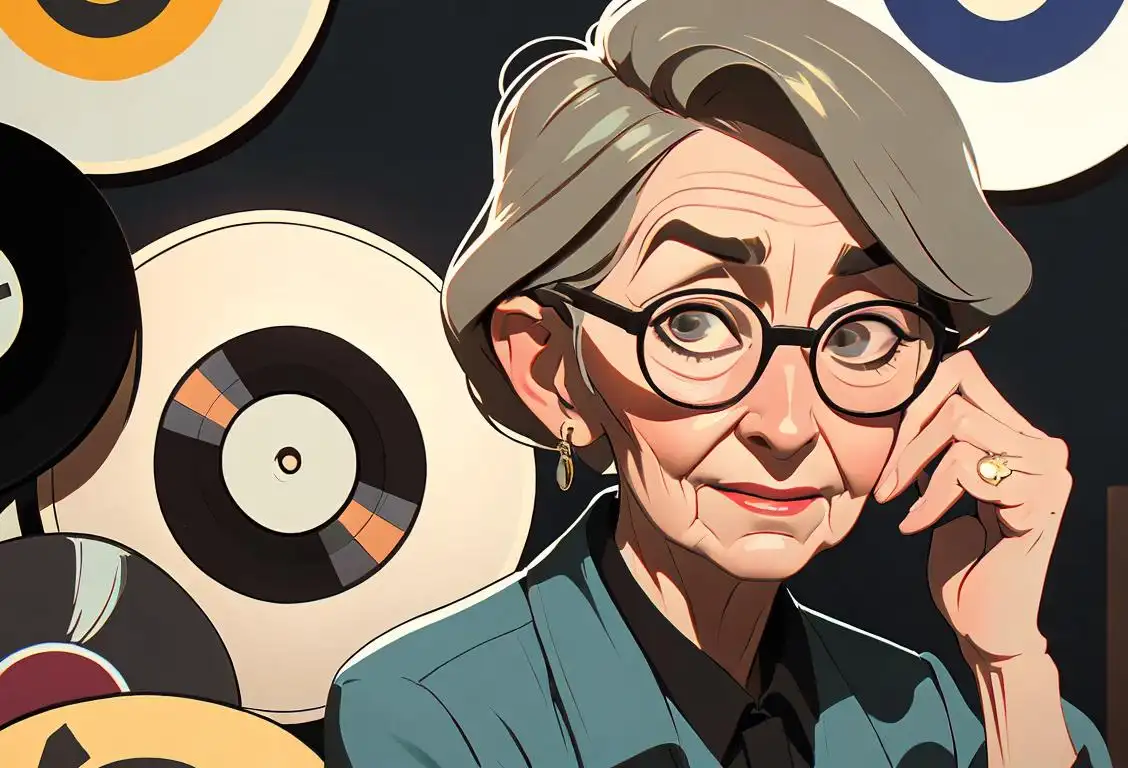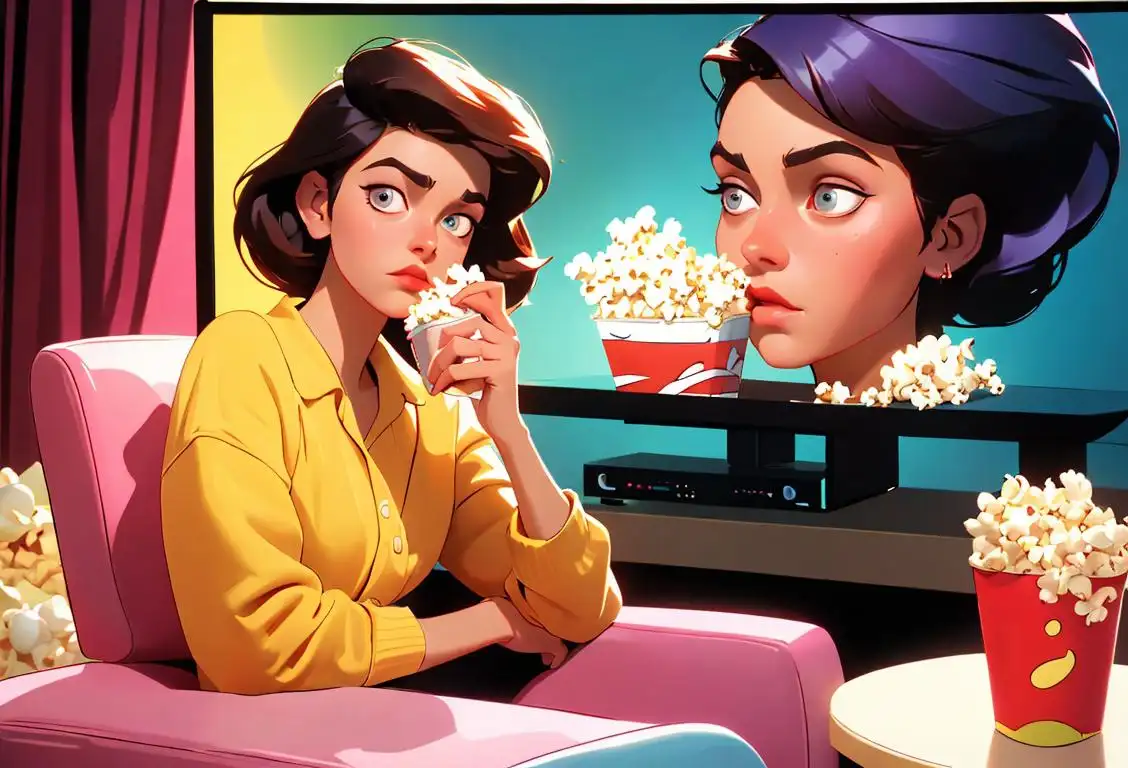National Drive In Movie Day

Lights, camera, action! Get ready to buckle up and enjoy a nostalgic night under the stars as we celebrate National Drive-In Movie Day. This special day takes us back to a time when cars were the hottest tickets in town and movie theaters had four wheels. So, grab your loved ones, some popcorn, and let's take a trip down memory lane to explore the history of this beloved American pastime.
When is Drive In Movie Day?
It's national drive in movie day on the 6th June.
The Birth of the Drive-In Movie Theater
Imagine a time when streaming services and multiplex cinemas didn't exist. In the late 1920s, a man named Richard Hollingshead Jr. had a groundbreaking idea that would revolutionize the way we experience movies. Inspired by his mother's complaints about uncomfortable theater seats, he decided to combine automobiles and movies to create an innovative entertainment concept.
After much experimentation with projector placement and sound systems, Hollingshead successfully opened the first drive-in movie theater in Camden, New Jersey on June 6, 1933. With a 40-foot by 50-foot screen and space for 400 cars, this outdoor movie theater quickly gained popularity.
The Golden Age of Drive-In Movies
The 1950s and 1960s marked the golden age of drive-in movie theaters. They became iconic symbols of American culture and provided a unique experience for families and teenagers alike. Drive-ins allowed parents to watch movies while their children slept in the backseat, and teenagers found them to be ideal romantic retreats.
The popularity of drive-ins surged during this era, reaching its peak in the 1950s with over 4,000 drive-in theaters across the country. Drive-in culture even influenced the design of cars, with tail fins and speakers that could hook onto car windows.
The Digital Age and Resurgence
As technology advanced, drive-in movie theaters faced challenges, including rising real estate prices and the transition from film to digital projectors. Many drive-ins had to close their gates and bid farewell to their loyal patrons.
However, in recent years, there has been a resurgence in the popularity of drive-in movie theaters. People are craving a unique and shared experience, and drive-ins provide the perfect solution. From classic films to new releases, drive-in theaters continue to captivate audiences of all ages.
Did You Know?
The largest drive-in movie theater ever built was the All-Weather Drive-In Theater in Copiague, New York. It had space for a staggering 2,500 cars!
History behind the term 'Drive In Movie'
1933
The first drive-in theater
The concept of the drive-in movie theater was first introduced by Richard Hollingshead on June 6, 1933, in Pennsauken Township, New Jersey. He devised a system using a projector mounted on the hood of his car and a screen attached to a tree. The parking lot was arranged in a semicircle, providing an unobstructed view for all patrons. To test his idea, Hollingshead screened the film 'Wives Beware.' The idea behind the drive-in theater was to allow moviegoers to watch films from the comfort of their cars, providing a unique and convenient movie-watching experience.
1941
The development of in-car speakers
In 1941, the first drive-in theater with in-car speakers was introduced in Orefield, Pennsylvania. This innovation allowed patrons to enjoy the movie audio without needing to roll down their windows or rely on external speakers. The in-car speakers were attached to individual poles at each parking space, providing a personalized and immersive audio experience.
1950s
The golden era of drive-in theaters
During the 1950s, drive-in theaters experienced a surge in popularity. The post-war economic boom and the rise of car culture in America contributed to this trend. Drive-ins were no longer limited to a few experimental locations but became popular entertainment destinations across the country. These theaters reached their peak in the mid-1950s when there were over 4,000 drive-ins in the United States, offering a quintessentially American movie experience.
1970s
Decline of drive-in theaters
With the advent of multiplex cinemas and advancements in home entertainment technologies, drive-in theaters faced challenges in the 1970s. The rise in urbanization led to higher land values, making drive-in theater operations less economically viable. Additionally, the popularity of color television, VHS tapes, and later, DVDs, offered more convenient and private ways to watch movies. The number of drive-ins dwindled, and many closed down, marking a decline in this unique form of movie-watching.
Present
Resurgence and nostalgia
Despite the decline, drive-in theaters have experienced a resurgence in recent years, driven by a wave of nostalgia and the desire for a retro movie experience. Some existing drive-ins have been revitalized, and new ones have been established. Drive-in theaters have also become popular venues for special events, such as screenings of classic films and live performances. This resurgence highlights the lasting cultural impact of drive-in movies and their ability to offer a unique blend of cinema and community.
Did you know?
The largest drive-in movie theater ever built had space for 2,500 cars!Tagged
fun loved ones propertyFirst identified
6th June 2016Most mentioned on
6th June 2018Total mentions
17Other days
Awareness Day
Seniors Day
One Day
Suicide Prevention Month Day
Opposite Day
Veterans Day
Tv On The Same Day
Action Day
Happiness Day
Family Day









